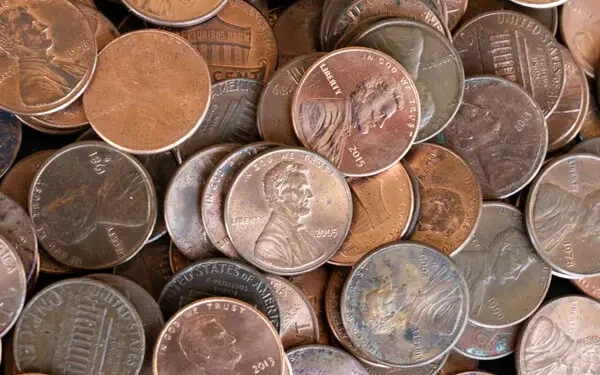The United States is set to mint its final batch of one-cent coins on Wednesday, bringing to an end more than 230 years of continuous penny production.
The last run of pennies will be struck at the Philadelphia Mint, officials said, marking a historic shift in US currency. While the coins will remain legal tender and continue to circulate, no new pennies will be produced once existing blanks are exhausted.
The phase-out has already begun to ripple through the economy. Businesses across the country are adjusting their pricing structures in anticipation of a cash landscape without the lowest denomination coin. Many retailers have started rounding prices to the nearest five cents, warning that pennies are increasingly difficult to source from banks and customers.
The government argues the move is long overdue on cost grounds. Pennies, which bear the image of Abraham Lincoln and are made of copper-plated zinc, now cost nearly four cents each to produce—more than double their unit value and more than twice the cost of a decade ago, according to the Treasury Department.
President Donald Trump framed the decision earlier this year as part of a broader drive to cut wasteful spending.
“We will rip the waste out of our great nation’s budget, even if it’s a penny at a time,” he said in February when announcing the plan.
Officials estimate that halting production will save the government around $56m annually. They also point to the rise of digital payments, arguing that the penny—first minted in 1793—has become increasingly obsolete in everyday transactions.
The Treasury believes roughly 300 billion pennies will remain in circulation, “far exceeding the amount needed for commerce.” Yet many of those coins rarely see the light of day. A 2022 government analysis found that about 60% of all US coins—equivalent to $60–$90 in change for a typical household—sit idle in jars and piggy banks, considered not worth spending or redeeming.
Consumer advocates have warned that shoppers could feel a small but real impact from rounding. A study by the Richmond Federal Reserve estimated that rounding up prices could cost consumers about $6m a year in aggregate.
The US now follows a path taken by several other countries. Canada stopped producing its one-cent coin in 2012, while Australia and New Zealand removed one- and two-cent coins in the 1990s.
With the penny’s fate sealed, attention is turning to the nickel. Worth five cents but costing nearly 14 cents to mint, it has emerged as the next likely target in the debate over whether America’s smallest coins still make economic sense.





















